Curating a Collection: The Christie’s Auction House Expert Guide
Three Christie’s specialists give insight into their favorite collectibles and share advice on curating your own selection
Three Christie’s specialists give insight into their favorite collectibles and share advice on curating your own selection
The experts at Christie’s auction house spent years learning their specialty and today spend their lives among beautiful, rare, and precious things. Here they share how their passion for design developed, what of their chosen oeuvre they most love, and how to begin collecting rare and eclectic pieces.
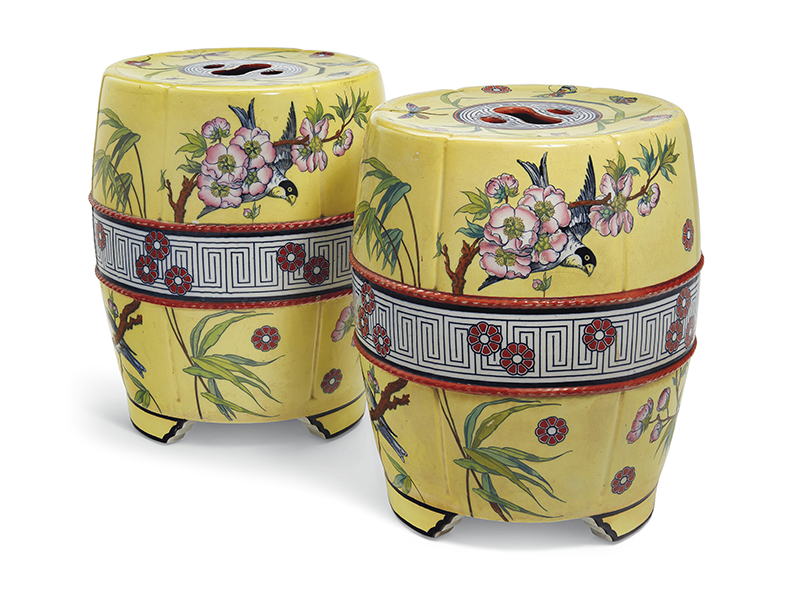
Where does your passion for ceramics come from?
My grandmother collected ceramics, mainly potteries such as Rookwood and Newcomb. We used to wander the house together, identifying the marks on each piece and pricing them in Kovels’ (a pre-internet guide). It was all great fun and inspired me to study art history, concentrating on antique ceramics and glass. I chose New York University for its fantastic art history program and proximity to museums and auction houses.
What are your favorite kinds of ceramics?
I am particularly fond of Chinoiserie and Japonism in European ceramics, as well as Chinese export porcelain—there can be great results when cultures mix. I also love the late 19th century as an era, particularly works by the Minton factory and Theodore Deck.
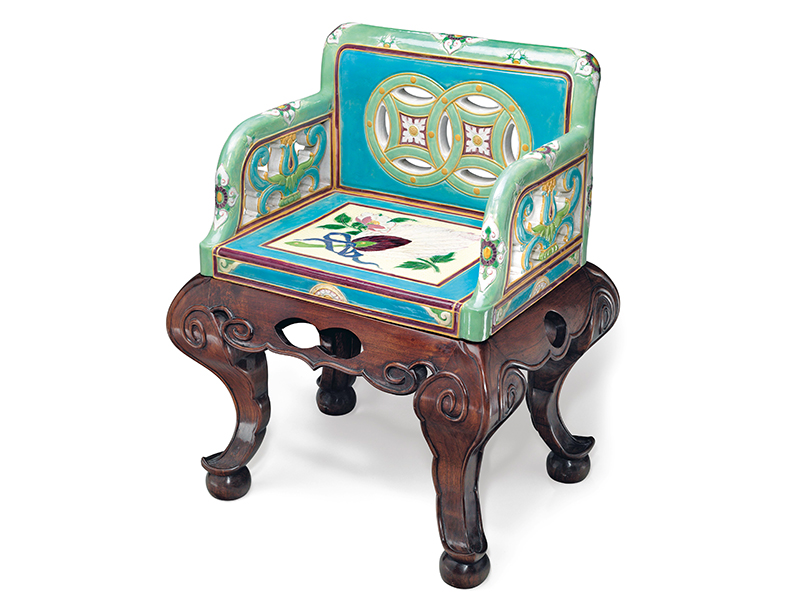
Do you have a favorite piece?
I love Minton majolica garden seats. They are both whimsical and functional, often mixing high Victoriana with Chinese and Japanese aesthetics. The “holy-grail” of Minton garden seats was probably a majolica example we sold in 2017. Only two examples are known, and it was likely the example exhibited at the Paris Universelle Exposition of 1867. It made an impressive $52,000, but most garden seats start the low thousands.
What advice would you give to aspiring ceramic collectors?
Our Collector sales are a great place to begin. We usually have a wide range of 18th- and 19th-century ceramics from different factories and in different styles.

Tell us a little about your career…
I left France at 19 to study law in London at King’s College before returning to the Sorbonne in Paris to complete my French law master. However, I soon realized that I was never going to make a great barrister and that decorative arts, especially silver, was my calling. I joined Christie’s in 1997 and worked in Paris and Geneva before returning to London.
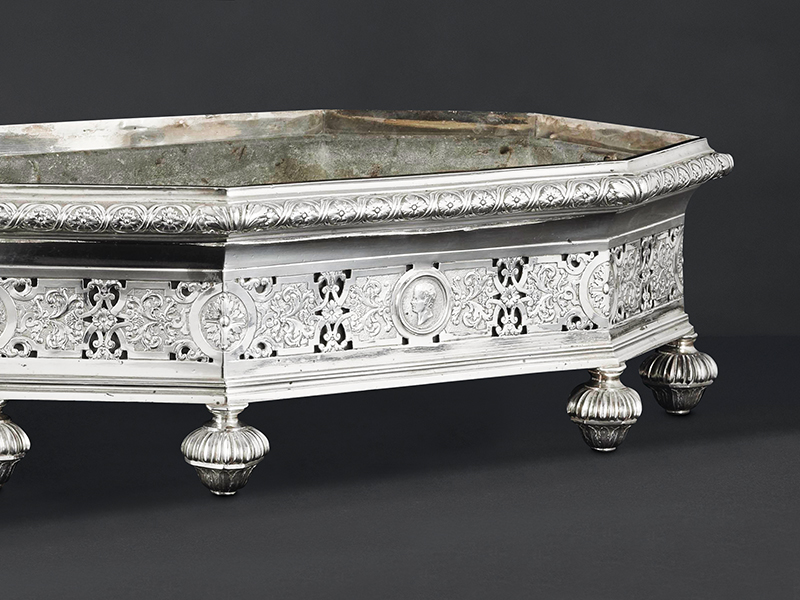
What’s your favorite kind of silver?
For obvious reasons, I’m very partial to French silver and especially to the French Régence. One of my favorite goldsmiths is Elie Pacot, active in Lille, France, at the turn of the 18th century. I admire not only his style but also his commercial sense. He worked for the English army, which was occupying Lille at the time, and one of his new patrons was the Duke of Marlborough who commissioned him to make several pieces, including a magnificent surtout de table made between 1709–10.
It comprised 19 pieces weighing more than 13 stones (84 kg) and, spread on a table, it was over 13 feet (4 m) in length—and all made in the famous Régence style. The surtout was later sold at Christie’s in 1829, purchased by the dealer Garrard who transformed it to sell it off. I was lucky enough to handle a number of its elements while working in Paris.
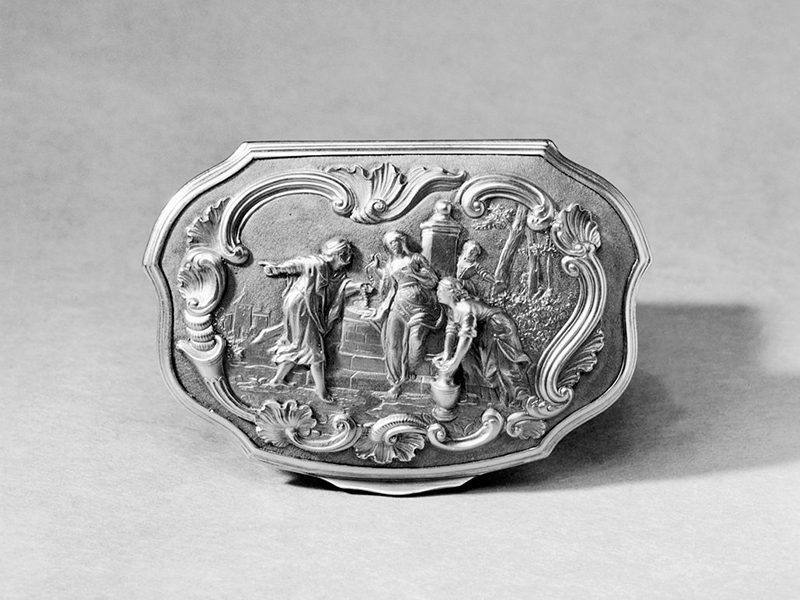
Do you have any special silver?
I was very fortunate to have been given an Elie Pacot dish as a wedding present.
How might a reader go about collecting silver?
Silver is one of the most affordable and collectible decorative arts, and a great addition to a dinner table. Not only can you buy a piece of history from a Royal collection—we recently sold silver from the collection of the current Duke and Duchess of Gloucester—but silver is also a great addition to a dinner table. I recommend acquiring functional objects at first, such as candlesticks, saltcellars, or flatware, which can transform a dining experience and make food taste grander.
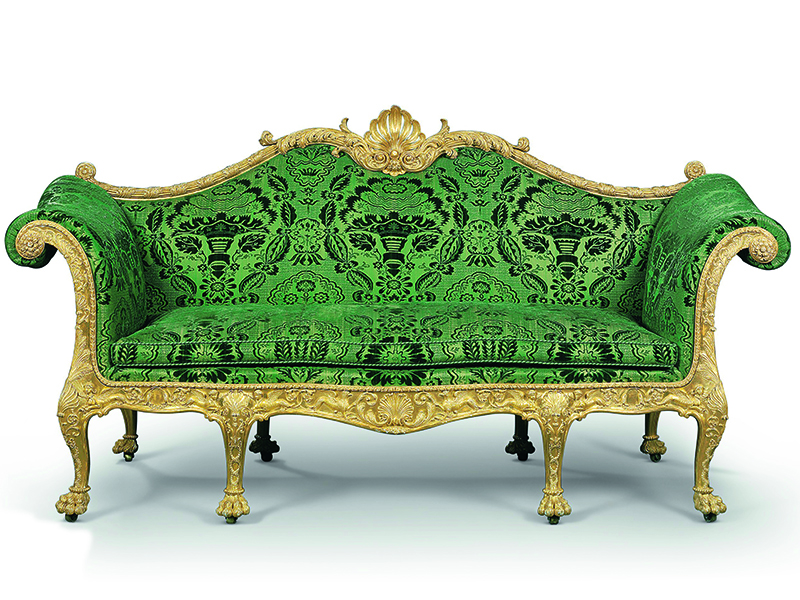
Benedict Winter is a Junior Specialist, Private & Iconic Collections and Country House Sales at Christie’s London. Originally from South West England, Winter has been with the company for four-and-a-half years. As he explains here, his love for collecting started at an early age.
Tell us a little about your Christie’s career…
I joined this department as an intern in 2015, before moving into Private Sales and returning here in 2016. From 2017 to 2019 I worked on the eponymous Interiors sales at Christie’s before returning to Private Collections last year.
Have you always been interested in country houses?
Yes, and collecting in general, from an early age. To me, the “English Country House Look” is synonymous with taste, history, and ever-so-slight eccentricity.
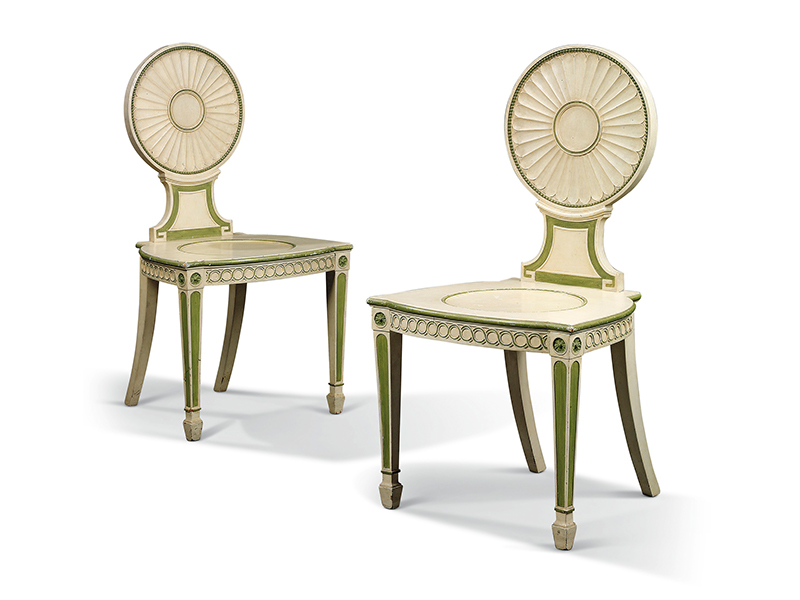
Do you have a favorite designer from your area of expertise?
The great English furniture makers of the mid- to late-18th century will always hold a special place in my heart. But if I had to choose one, it would be Thomas Chippendale. His entrepreneurship, combined with technical and design ability, led to some of the greatest furniture commissions the world has seen, and it’s no understatement that his designs and craftmanship have shaped what we view as “home” and “furniture” ever since. I would love to own a genuine Chippendale piece, particularly the pair of cream-and-green-painted hall chairs that sold in our Thomas Chippendale: 300 Years sale in 2018 for £47,500/$62,795.
What would be a good way to start collecting Chippendale furniture?
To start any Chippendale collection, for me, the first thing to do would be to buy a copy of Chippendale’s 1754 book The Gentleman and Cabinet-Maker’s Director, which outlines his designs and technical ability.
Banner image: A Christie’s auction house employee inspects the the Marly Rouge cermaic set made for Napoleon I, circa 1807-1809 (estimate $150,000–250,000). Image: Getty Images